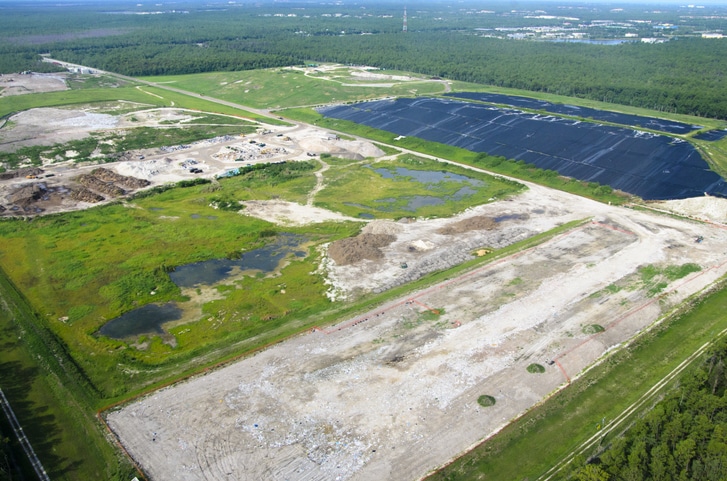
by Kate Mothes | Aug 14, 2024
Nearly one hundred years after Tamara de Lempicka (1894-1980) first exhibited her work in San Francisco, a sweeping survey of the storied and glamorous artist opens again in the city. This October, at the de Young—part of the Fine Arts Museums of San Francisco—the show marks the artist’s first U.S. retrospective and illuminates new details about her life.
de Lempicka’s bold, stylized figures have become synonymous with the 1920s, an era characterized by opulence, sophistication, and youthful optimism. More
Do stories and artists like this matter to you? Become a Colossal Member today and support independent arts publishing for as little as $5 per month. The article Visit Tamara de Lempicka’s First U.S. Retrospective in San Francisco This October appeared first on Colossal.

by Kate Mothes | Aug 14, 2024
“I find myself looking at the world as a surveyor—telling stories through objects,” says Norwood Viviano, whose kiln-cast glass sculptures map iconic city skylines through each location’s recognizable industries. Houston oil, Pittsburgh steel, and Portland timber are represented alongside odes to Detroit “Motor City” and Toledo, “The Glass City.”
Through conversations with historians, urban planners, demographers, climate scientists, and statisticians, Viviano studies layers of data and lore to build an understanding of each city. More
Do stories and artists like this matter to you? Become a Colossal Member today and support independent arts publishing for as little as $5 per month. The article Glass Sculptures by Norwood Viviano Cast Iconic City Skylines Atop Emblems of Local Industry appeared first on Colossal.

by Komoneed | Aug 13, 2024
Landfills in the United States — one of the country’s biggest sources of pollution — have been found to contain large amounts of toxic per- and polyfluoroalkyl substances (PFAS) “forever chemicals.” A recent study has found that PFAS likely make their way into the surrounding environment through gas emitted from landfills, since treatment systems at […]
The post U.S. Landfills Are Major Sources of Airborne PFAS Pollution, Study Finds appeared first on EcoWatch.

by Komoneed | Aug 13, 2024
The larger Proace Verso now comes with a 75kWh to bump range up to 214 miles

by Grace Ebert | Aug 13, 2024
After a traumatic childhood moment in which she nearly drowned, Pacita Abad (1946-2004) developed a profound fear of water. The massively prolific Filipina-American artist decided to overcome her trepidation in the 1980s and signed up for diving lessons at the British Sub-Aquatic Club in Thailand. There, she learned to safely plunge into the depths of the sea, completing more than 80 dives across the Phillippines in her lifetime.
On view at Tina Kim Gallery in New York is a vivid series of trapunto paintings—a quilting technique that involves adding stuffing for puffed layers—inspired by Abad’s love for swimming. More
Do stories and artists like this matter to you? Become a Colossal Member today and support independent arts publishing for as little as $5 per month. The article Through Mixed-Media Quilts, Pacita Abad Dives Into the Lush Marine Ecosystems of the Philippines appeared first on Colossal.





